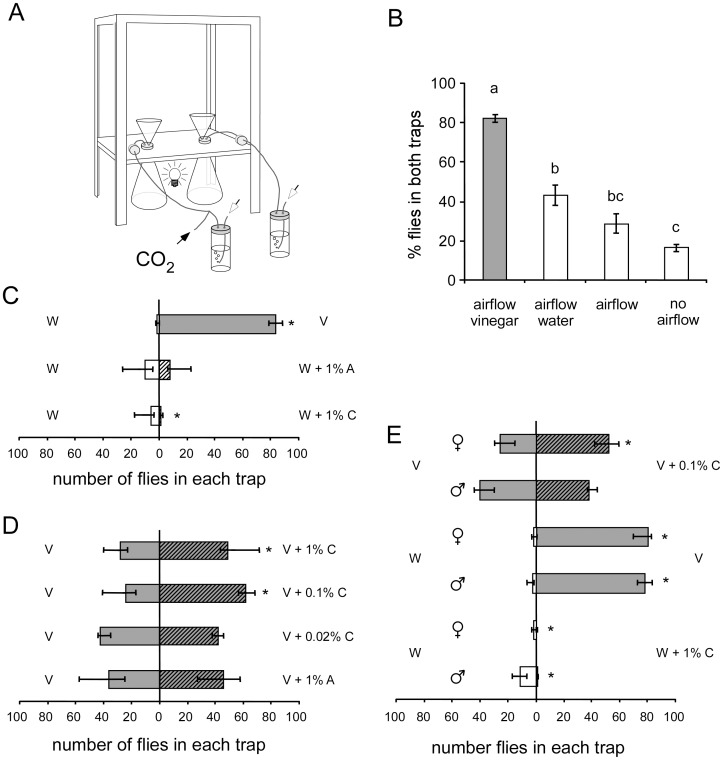Figure 1. Behavioural responses of flies to vinegar and CO2. A.
Schematic drawing of the two-trap cage assay used to assess Drosophila olfactory behaviour. A controlled airflow (white arrows) delivered through two bubble vials entered traps in a 30×30×30 cm cage. The traps consisted of a glass flask closed with a silicon plug and a plastic funnel by which the odour is released and flies can enter. About 100 flies (males and females 50∶50) were tested for 5 hours in darkness except for a small light below the opaque floor of the cage. A small controlled flow of CO2 or pressurised air could be added to one of the traps (black arrow). B. No choice assays. Percentage of flies trapped in the two flasks when both either contained 3 ml apple cider vinegar, 3 ml distilled water, were empty or empty without airflow. Different letters above the bars denote significant differences (Kruskal-Wallis test, p<0.05; post-hoc Mann–Whitney U-test with Bonferroni correction, p<0.05). Values are medians over 10 replicates and error bars indicate the 25% and 75% percentiles. C, D, E. Two-choice assays. The numbers of flies trapped in the control trap are indicated on the left, those in the test trap on the right. Adding the two bars indicates the total number of flies trapped. C. Numbers of flies trapped in two-choice situations between water (W) and either apple cider vinegar (V), water with 1% pressurised air (A) or 1% CO2 (C). D. Numbers of flies trapped in two-choice situations between apple cider vinegar alone (V) and vinegar mixed with either 1% pressurized air (A) or different concentrations of CO2 (C). E. Percentage of flies trapped when males and females were tested separately (100 males or 100 females). Asterisks in C, D and E indicate a significant difference between the number of flies caught in the two traps (Friedman-ANOVA, p<0.05; followed by Wilcoxon signed rank test with sequential Bonferroni correction, p<0.05).

